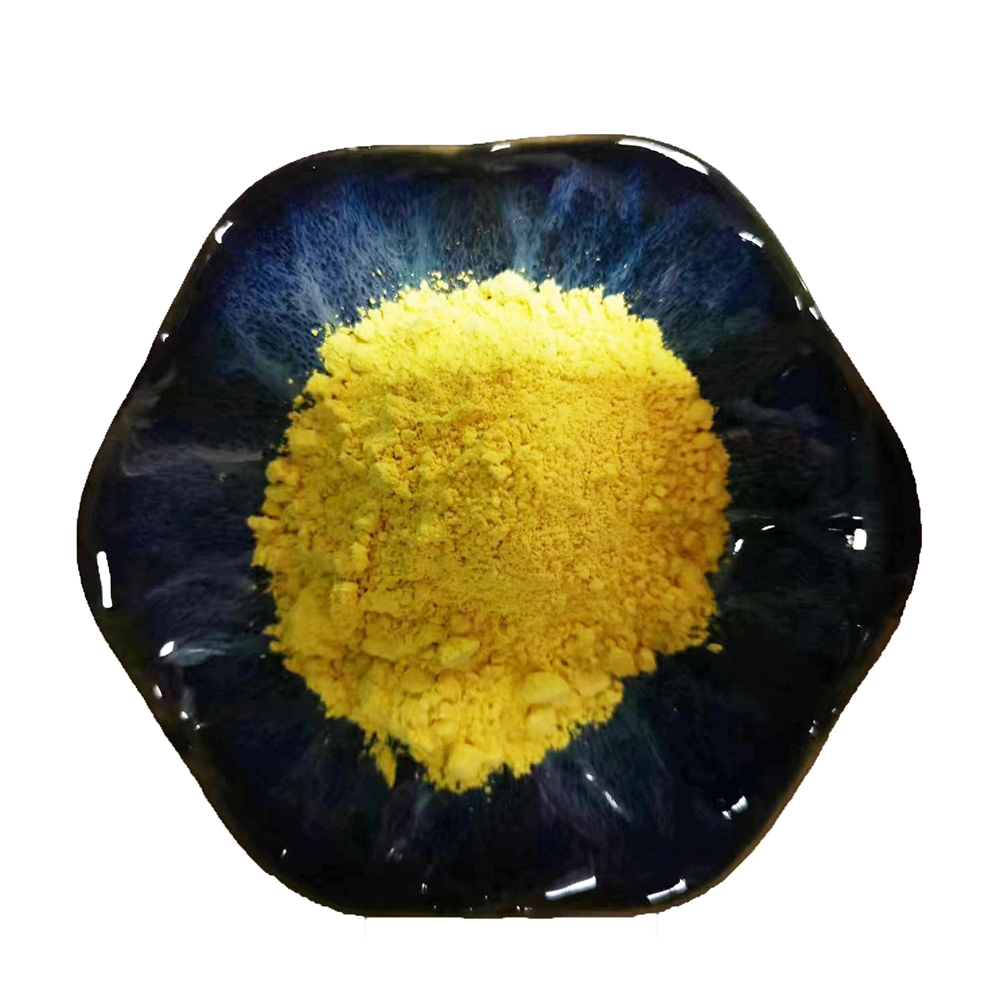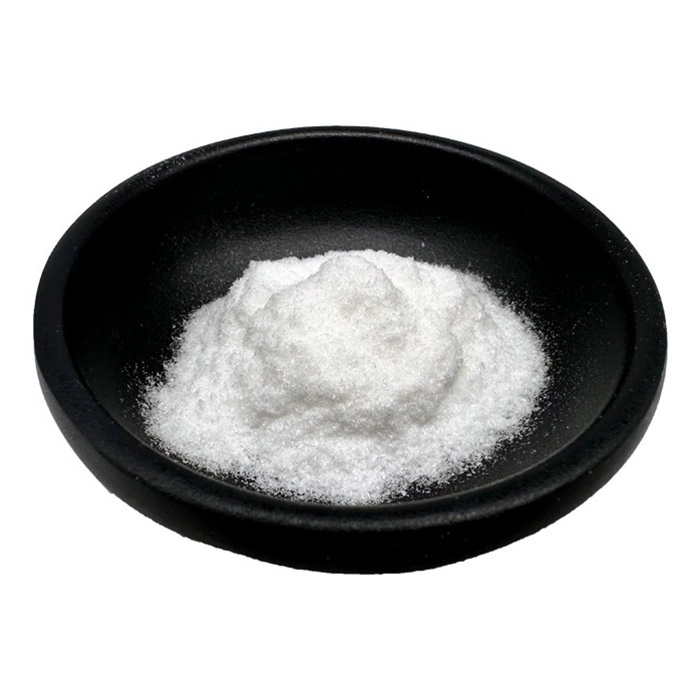+86-15212299029
- All
- Product Name
- Product Keyword
- Product Model
- Product Summary
- Product Description
- Multi Field Search
Views: 220 Author: tcchems Publish Time: 2025-10-30 Origin: Site











Content Menu
● What is tranexamic acid and what does it do?
● How does retinol work on the skin?
● Are tranexamic acid and retinol compatible?
● How to layer these ingredients safely
● Potential side effects and how to manage them
● Special considerations for different skin types
● Alternatives and complements to consider
● Practical tips for beginners
● Common questions about using tranexamic acid with retinol
● FAQS
Tranexamic acid and retinol are popular skincare ingredients, each offering distinct benefits. Understanding how they work together can help you optimize your routine while minimizing potential irritation. This article explores the mechanisms of action for tranexamic acid and retinol, their compatibility, recommended usage patterns, and practical tips for incorporating both into a skincare regimen.

Tranexamic acid is a synthetic derivative of the amino acid lysine. In dermatology, it is primarily used for reducing hyperpigmentation, especially pigmentary disorders like melasma and post-inflammatory hyperpigmentation. It works by inhibiting plasmin, an enzyme involved in the breakdown of fibrin, which can influence melanin production in pigment cells. By modulating this pathway, tranexamic acid can help lighten dark spots over time and improve overall skin tone.
Retinol is a form of vitamin A that promotes cell turnover and stimulates collagen production. It helps to accelerate skin renewal, smooth texture, reduce the appearance of fine lines, and improve overall brightness. Retinol can also influence pigmentation by encouraging the shedding of pigmented cells and supporting more even skin tone. However, retinol can be irritating for some users, especially when first introduced or used in high concentrations.
In general, tranexamic acid and retinol can be compatible when used correctly within a skincare routine. They target different pathways and do not have a direct adverse interaction known to the majority of dermatology guidelines. The key is to introduce them thoughtfully, monitor your skin's response, and avoid combining potent actives in a way that increases irritation risk.
- Start slowly: If you are new to either ingredient, introduce them on separate days or alternate nights at first. For example, apply tranexamic acid on certain nights and retinol on others to gauge tolerance.
- Start with low concentrations: Choose a tranexamic acid product with a moderate concentration and a retinol product suitable for your skin type (starting with a lower strength 0.25% to 0.3% retinol is common for beginners).
- Use non-irritating bases: Pair both with a gentle cleanser, a hydrating serum, and a rich moisturizer to support the skin barrier.
- Apply in the right order: After cleansing, apply tranexamic acid serum or cream first if it has a thinner consistency or is water-based. If your retinol product is more concentrated or thicker, you may apply it after a light moisturizer or directly on clean skin depending on product instructions. Always follow the product's guidelines.
- Consider buffering retinol: If irritation occurs, buffer retinol by applying a lightweight moisturizer first or using a retinol alternative on sensitive nights (for example, bakuchiol or a lower-strength retinoid) until the skin builds tolerance.
- Sun protection is essential: Both ingredients can increase skin sensitivity to sunlight. Use broad-spectrum sunscreen with at least SPF 30 daily, and reapply as needed.
- Retinol-related irritation: redness, peeling, dryness, or a tingling sensation. Mitigate by reducing frequency, using a smaller amount, or mixing retinol with a moisturizer.
- Tranexamic acid-related reactions: generally well tolerated, but rare complaints include mild irritation or stinging. If you experience prolonged irritation, reduce frequency or discontinue use and consult a dermatologist.
- Combined irritation risk: if you notice persistent irritation after introducing both products, pause one of them and reintroduce gradually, or consult a skincare professional for a personalized plan.
- Sensitive or reactive skin: Start with tranexamic acid once daily or every other day. Introduce retinol slowly, perhaps at night with a buffering moisturizer, and consider a gentler retinoid alternative if irritation occurs.
- Oily or acne-prone skin: Both ingredients can be suitable when tolerated. Ensure non-comedogenic, hydrating formulations to prevent excess dryness that could trigger irritation.
- Mature or pigmented skin: Tranexamic acid can be particularly beneficial for pigmentary concerns. Retinol can support texture and tone improvements, but start at low concentrations to avoid irritation.
- For a simple routine: Cleanser → Tranexamic acid product → Moisturizer → Sunscreen (AM) and Retinol on alternate nights or after moisturizers on the same night if tolerated.
- For a more advanced routine: Cleanser → Hydrating serum → Tranexamic acid → Retinol → Moisturizer → Sunscreen (AM). On non-retinol nights, repeat tranexamic acid as directed by the product guidelines.
- For nighttime-only use: If you prefer to use both, consider applying tranexamic acid first, followed by retinol after a short interval, provided your skin tolerates it. If irritation occurs, separate application times or alternate days.
- Vitamin C serums: Can provide antioxidant protection and brighten the complexion. However, the combination with retinol can be challenging for some skin types; consider using vitamin C in the morning and retinol at night.
- Niacinamide: A versatile ingredient that can support barrier function and reduce redness. It can pair well with both tranexamic acid and retinol when tolerated.
- Peptides and humectants: Ingredients such as glycerin, hyaluronic acid, and ceramides help maintain hydration and support the skin barrier during active-use periods.
- Patch testing: Always patch test new products for a minimum of 24 to 72 hours to watch for adverse reactions.
- Introduce one product at a time: Layering too many potent actives at once can increase the risk of irritation and make it harder to identify the cause of any issue.
- Document progress: Keep a simple log of when you apply each product, any reactions, and visible changes in pigmentation and texture to gauge effectiveness and tolerability.
- Can tranexamic acid be used with retinol on the same night?
- How long does it take to see results when using both tranexamic acid and retinol?
- Are there any drug interactions with tranexamic acid and retinol?
- Should I avoid sunlight when using these ingredients together?
- Can people with sensitive skin use both ingredients simultaneously?

Q1: Can tranexamic acid be used with retinol on the same night?
A1: Yes, but many people find it gentler to start by using them on alternating nights or by applying tranexamic acid first and retinol after a light buffer moisturizer. Monitor for irritation and adjust as needed.
Q2: How long does it take to see results when using both ingredients?
A2: Results vary by individual, but noticeable improvements in pigmentation and texture often appear after 6 to 12 weeks of consistent use, with continued improvements over several months.
Q3: Are there any drug interactions with tranexamic acid and retinol?
A3: There are no known direct pharmacological interactions between tranexamic acid and retinol in typical cosmetic usage. If you are taking prescription medications or have medical conditions, consult a dermatologist before combining active ingredients.
Q4: Should I avoid sunlight when using these ingredients together?
A4: Yes. Both actives can increase photosensitivity. Use broad-spectrum sunscreen daily, even on cloudy days, and reapply during the day.
Q5: Can people with sensitive skin use both ingredients simultaneously?
A5: Sensitive skin may tolerate them when introduced slowly, with lower concentrations and additional buffering. If irritation occurs, reduce frequency, separate application times, or consult a dermatologist for a tailored plan.
Would you like me to adjust the article's length, tone, or target audience (e.g., for a consumer blog, a dermatology guide, or a product-focused marketing piece)?



